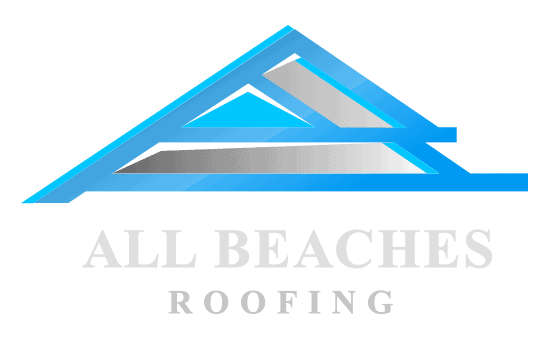
The saying “to get a roof over your head”, as a basic human need, implies in fact to have a home. But we are here to argue that the roof itself, in its strict sense, is a very important part of that home.
There is no human dwelling in history without a roof. In fact, it was first the roof that the man built, a cover of leaves on 4 poles maybe, and then the walls. We think about the roof as a protection against elements, but it’s so much more than that.
A roof means shelter. Shelter against inclement weather, against wild animals, against warring tribes, against roaring traffic. Shelter for the family, for a peaceful life, for privacy, for comfort.
Roof is important part of your house
Roofs have been an essential part of human history, whether we talk about tents or caves or modern homes. Not having a roof, literally and figuratively, means being exposed to all kinds of threats and risks.
The roof is, in conclusion, a very important part of your house. Let’s discuss further how you can take care that it remains a trusted guardian of your well-being.
When looking after your roof, you have to develop a keen eye for roof damage. You do that by careful observation of your roof’s elements: the cover, the insulation, the beams, the gutters, anything that may seem out of the ordinary. As soon as you notice that they are not in the right order, act. Do not wait as these problems can only become worse. Let’s take a look at what issues may arise and what you can do about them.
Looking for more information on Colorbond roofing? Also read How to Install Colorbond Roof in Sydney.
Cover damage
The cover is the first line of defence against the outside forces of wind, rain, hail, snow and sun. In Australia, the most popular type of covers are metal sheets, terracotta tiles and concrete tiles.
With metal roofs, you need to look out for corrosion if they are made of galvanized steel. Same problem with fasteners and clips if they are of the same material. Better to use stainless steel ones when installing the metal sheets.
Scratches and punctures are important to be noticed, as they compromise the integrity of the roof and can lead to leaks and tears if left unattended.
Look for the protective paint coat too, as any damage to the coating increases the risk of rust. Even if not chipped, it can fade due to sunlight and rain, which weakens your roof.
Terracotta and concrete tiles can have common problems. Although very resilient, they can be affected by strong wind, rain and hale during their long life.
Look for tiles chipped or broken, for displaced or even entirely missing tiles, especially after a heavy storm. Tiles can be damaged also by bad handling or shipping, by stepping on them the wrong way, or by faults done when installed.
Do be careful when stepping on clay or concrete tiles. The Tile Roofing Institute recommends stepping at the bottom 8-10 cm of the installed tile, orienting your feet in a direction parallel with the ridge, and staying away from hips or valleys to avoid breaking cut tiles.
Flashing Damage
Flashing is a name for the joint covers. It can be flexible or rigid and prevents water flowing near roof openings from infiltrating the roof. Flashing is found along valleys, chimneys or around the drip line.
As the joints are vulnerable points in a roof, damages on the flashing can be disastrous. The damage can appear as a result of wear and tear, or after a big storm, but it can also appear if it was incorrectly installed.
Drainpipes and Gutters
These parts of the roof are the system that prevents water puddling on your roof causing damage. They ensure that the water is quickly evacuated from your roof into the sewage system in an orderly manner, instead of just splashing around when falling from the roof.
Look for problems at the joints, for holes or displaced sections. Don’t allow leaves to accumulate in the gutters or water. Check the pipes to not be clogged and allow free flow of the water going down.
Make sure that the gutter is screwed safely on a sound wood board. If the screw can’t hold, the gutter could simply be blown away by a strong wind.
Damage on the structural wood
Simply put, the structural wood is the skeleton of your roof, it’s what keeps it all together. It’s literally the pièce de résistance of your roof.
Wood can be damaged in many ways. Water leaks can cause wood to mold or rot. If this problem is not solved, the mold could extend throughout the house and become a health problem for your family, becoming constantly with troubled breathing, coughing, sneezing or skin irritation.
Insects can get inside of the roof wood and undermine it from the inside out. Small animals can get in through the cracks and infest your attic and even your home.
Beams can develop cracks over time from old age and heavy burden above. If left unattended, they could simply give way and the entire roof would be falling down.
It’s good to remember that regular upkeep and a bit of roofing maintenance can go a long way and save you a lot of headache and unnecessary costs in the future. If you encounter any of the problems above, let us know if we can help you in any way. Our roofing expert teams in Sydney are ready to fix any roofing problem, so that your roof becomes again your trusted shelter.

